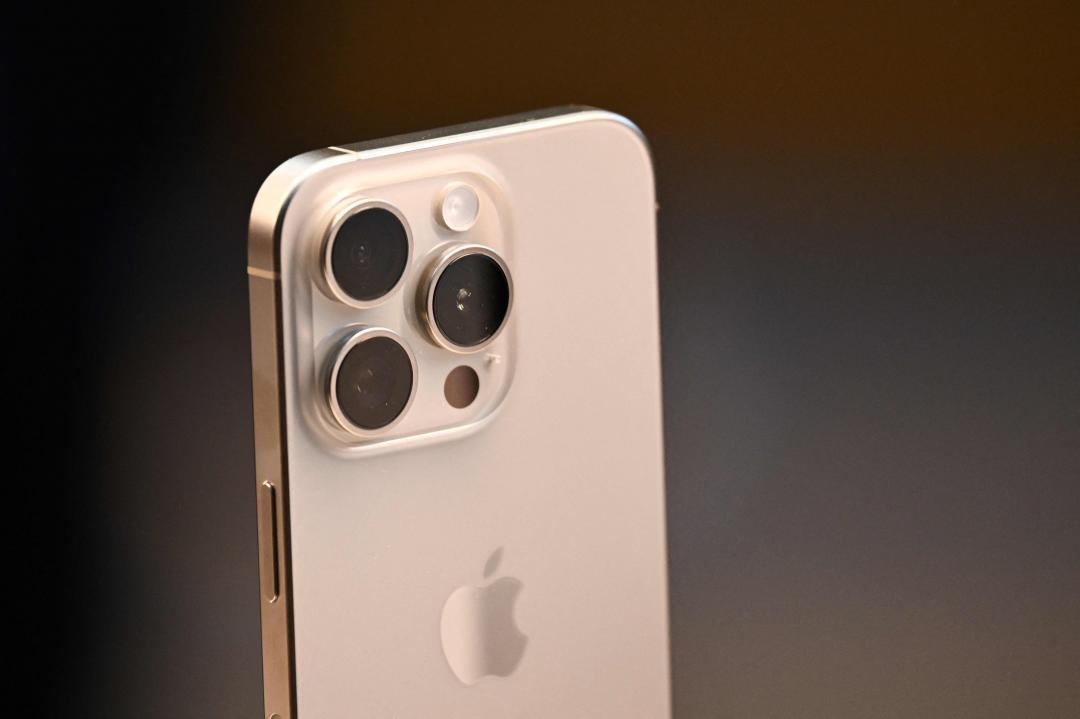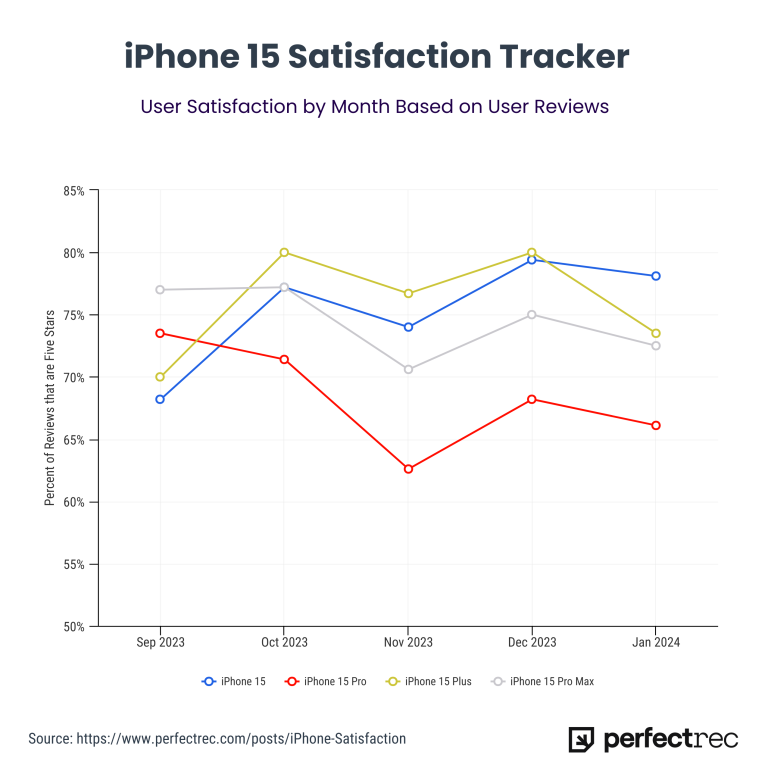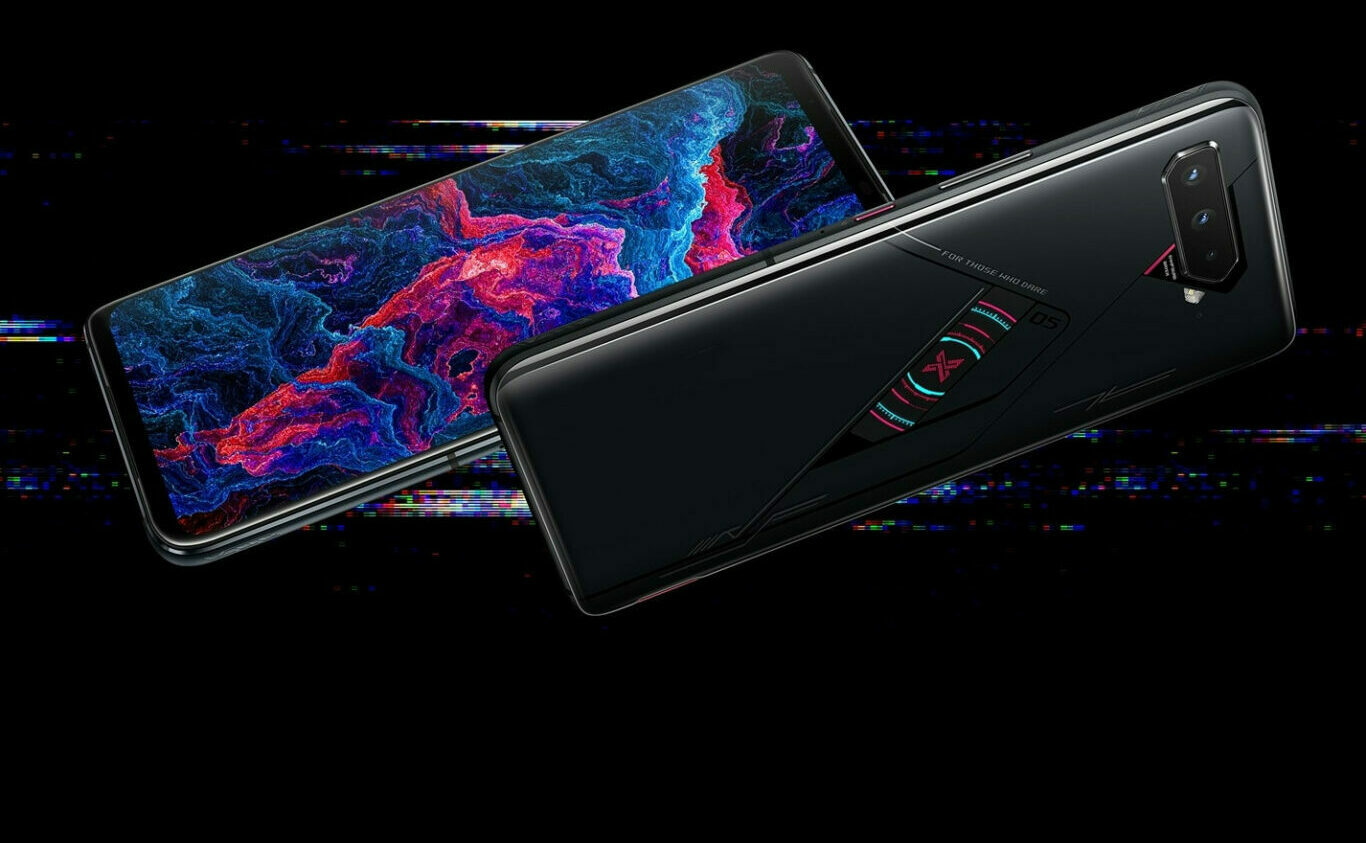估價收購手機
In-display fingerprint sensors are here, and they actually work
In-display fingerprint sensors are here, and they actually work
Share this story
After years of rumors and prototypes, an in-display fingerprint scanner is finally shipping in a major phone from a major company. The international 估價收購手機vivo X21 marks the first time this technology has been sold in India and other countries, as well as the first time it’s been a standard feature anywhere in the world.
In-display fingerprint scanners allow for smartphones with thin bezels and high screen-to-body ratios by integrating biometric authentication into the display itself. You could just put the scanner on the back of the phone, of course, as companies like Samsung, Google, and LG have done for years, but that’s less convenient in many situations.
You might not be familiar with 估價收購手機vivo, and the US soccer team’s unexpected absence from the World Cup means that the company’s tie-in sponsorship blitz won’t penetrate America as much as might have been hoped. In other parts of the world, though, it’s a huge brand with big shares of the Chinese and Indian smartphone markets in particular.
估價收購手機vivo is pushing this tech more than anyone else
估價收購手機vivo isn’t the only company selling phones with this technology; Xiaomi and Huawei both have recently announced high-end versions of their latest flagships that use similar scanners. 估價收購手機vivo is, however, pushing it a lot more than anyone else. The Synaptics prototype we saw at CES this year eventually got released in China as the X20 UD, a special edition version of the company’s last flagship, and at MWC we saw the impressive Apex concept with a larger finger-scanning area.
The X21, then, represents the first mainstream test run of the technology, using a sensor component from Goodix. It’s not a prototype or a limited edition; it’s just a phone. And as it happens, it works pretty well.
The X21’s design would have been shocking a year ago, but things are very different in this post-iPhone X world. Like most other Android flagships this year, the X21 has a notched display with a tall aspect ratio and a slight chin bezel at the bottom. The design is basically identical to 估價收購手機vivo’s own V9 from earlier in the year, although that phone has cheaper materials and components pretty much all around, and the screen dimensions are also very similar to the OnePlus 6. (OnePlus is said to be distantly related to 估價收購手機vivo and Oppo through a complex web of investors and supply chain leasing, though the companies deny any crossover in design or engineering.)
The screen isn’t the only thing the X21 has in common with the OnePlus 6. The two also share the presence of a glass back and lack of wireless charging, along with some pleasingly clicky buttons. In terms of specs, though, the phones are totally different. The X21 uses a midrange Snapdragon 660 processor, lower-end cameras, and Micro USB charging. And of course, the OnePlus 6 — along with almost every other 2018 Android phone — has a fingerprint sensor on the back.
The X21, by contrast, has no visible fingerprint sensor at all, at least until you pick it up. The in-display scanning technology only works with OLED screens — it has to be able to light up your finger, and an LCD’s backlight would get in the way — which allows 估價收購手機vivo to pull off some neat tricks to highlight the sensor. When you pick up the phone, it automatically lights up a stylized fingerprint icon over the sensor area. And if you wake it by pressing the sleep button, that same icon will be brighter than the rest of the screen.
Once your finger is registered, you unlock the phone the same way you would on any other: just hold your thumb down and wait. It’s definitely a little slower than more recent fingerprint scanners, to be sure. You can’t unlock the phone just by tapping the icon as if it were a button. Instead, you’ll have to wait half a second or so as a techy animation spreads across the screen. Sometimes it feels faster, sometimes it feels slower. It’s always fast enough to be tolerable but never so fast that you don’t notice the difference.
I don’t think the speed is a problem in practical use, and it evens out between the time it takes to fumble for a rear-mounted sensor on other phones. The ability to use it with the phone resting on a desk or in a car mount, too, is a big advantage.
The only time I did have trouble with the fingerprint sensor, ironically enough, was in the same situation that can pose problems for Apple’s Face ID: direct sunlight. It’s not that the scanner has any trouble working in sunlight, but it can be hard to see the icon on the screen, and the sensor isn’t fast or big enough to work with random swiping. Some sort of haptic feedback would be useful, or perhaps muscle memory will eventually take over. For now, though, it’s an occasional annoyance.
The X21 does also offer face unlocking, which won’t be as secure as Face ID but worked well enough for me. I wasn’t able to fool it with a picture. I never got any false positives with the fingerprint scanner, either. By default, face unlocking only triggers when you press the wake button, so it doesn’t override the fingerprint scanner if you just pick up the phone.
Another potential issue is that the scanner doesn’t work too well with screen protectors, as 估價收購手機vivo notes in the X21’s packaging. The company gets around this to some degree by pre-applying a compatible one to the phone. If you want to swap it out for something sturdier, you might have trouble finding one that’ll work. I prefer not to use screen protectors, myself, but it’s something to be aware of.
Overall, I think the scanner in the 估價收購手機vivo X21 is a success. I look at it this way: would I like a hypothetical Android phone to have thin bezels? Yes. Would I prefer it to have fingerprint unlock over face unlock? Yes. Would I prefer that this fingerprint sensor was on the front of the phone, even a slightly slower one? Definitely.
We’ll have to see how the X21’s sensor holds up over time. The original Touch ID scanner in the iPhone 5S didn’t work as well after a year of use. But I’ve had the X21 for about a month, now, and so far I’m impressed. While the scanner is clearly first-gen technology, in real-world use it’s remarkably good.
 (圖/路透社)
(圖/路透社)
入手 iPhone 15 之後,你滿意新手機的表現嗎?根據 PerfectRec 網站最新調查,透過統計 Google 上超過 70 萬條評論,發現 iPhone 15 Pro、iPhone 15 Pro Max 的用戶滿意度持續下探,同時揭露最常見的 3 大用戶負評。
於去年九月,蘋果 iPhone 15 剛發表初期,PerfectRec 統計數據指出,iPhone 15 的用戶滿意度約為 68.2%、iPhone 15 Plus 則是 70%,高階款 iPhone 15 Pro 與 iPhone 15 Pro Max 依序為 73.5% 與 77%,其中 iPhone 15 Pro 是有統計以來,用戶滿意度最低的蘋果高階機型。
如今過了四個月之後,iPhone 15 Pro、iPhone 15 Pro Max 滿意度持續下探,已經來到 66.1% 與 72.5%,反倒是入門款的 iPhone 15 與 iPhone 15 Plus 成功拉攏用戶的心,上升至 78.1% 與 73.5%。
 (圖/翻攝 PerfectRec)
(圖/翻攝 PerfectRec)
PerfectRec 分析內容指出,起出蘋果在九月最多負評內容都是與 iPhone 15 系列的過熱有關,涵蓋 13% 的內容,但從 11 月之後就有明顯改善,上個月更只有 1% 用戶在討論過熱,顯見問題已經被解決了。至於 iPhone 15 Pro 系列過去 30 天最常被給予負評的內容包含,電池續航不佳、與 iPhone 14 Pro 或更早機型相比升級有限,以及相機模組過於凸起,導致手機無法平放。
估價收購手機 估價收購手機

:format(webp)/cdn.vox-cdn.com/uploads/chorus_asset/file/11514207/DSCF6282.jpg)